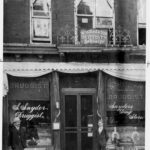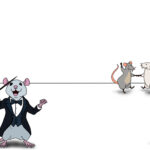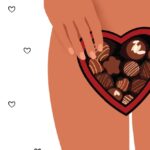Britain’s saint?:
Though he is the patron saint of Ireland, St. Patrick is not Irish; at least he was not born there. He was born in Britain in 387. It wasn’t until the 18th century that he came to be revered as the patron saint of Ireland.
If he was Anglican, it would probably be orange:
Associating St. Patrick with the colour green is the result of a misconception. This misconception likely comes from the phrase “wearing of the green”, which means wearing a shamrock. The shamrock is associated with St. Patrick because he used the clover to represent the Christian trinity. St. Patrick’s original colour was “St. Patrick’s blue”, one of the colours on the Irish flag.
Seeing green:
Chartreuse is the name of a yellowish-green colour. It is also the colour that is most visible to humans. This is because it is in the middle of the visible-light colour spectrum; thus it makes most of the colour receptors in human eyes fire.
Beer:
Beer is the second most popular drink in the world, after tea. It is also a source of B-complex vitamins.
Around the world:
In Bavaria, beer is defined as a staple food; in Japan it is sold in vending machines and by street vendors; in America, it is made mostly with rice; in Australia, the portable beer cooler was invented.
For those who don’t drink beer:
Some people hold the belief that Coca-Cola was originally green. This belief possibly stemmed from the fact that Coca-Cola was originally made with cocaine (about nine milligrams per bottle) and that raw cocaine is green. Coca-Cola stopped using cocaine as an ingredient in 1903 and the company denies that its drink was ever green.
A wise man once said:
“I like beer. On occasion, I will even drink beer to celebrate a major even such as the fall of Communism of the fact that the refridgerator is still working.” –Dave Berry
“To alcohol! The cause of, and solution to, all of life’s problems.” –Homer Simpson







